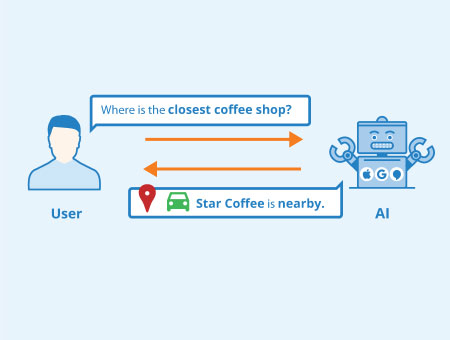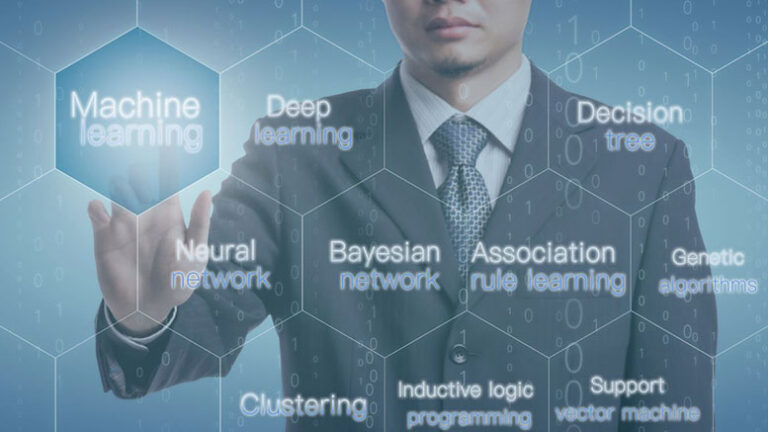What is Natural Language Processing (NLP)
Table of Contents
Natural Language Processing (NLP) is a field of artificial intelligence that focuses on the interaction between computers and humans using natural language. In other words, NLP allows computers to understand, interpret, and generate human language in a way that is both meaningful and useful.
This technology has had a significant impact on various industries, including healthcare, finance, customer service, and more.
Understanding Natural Language Processing
At its core, NLP involves a combination of computer science, linguistics, and artificial intelligence.
The goal of NLP is to enable computers to understand and process human language in a way that is similar to how humans do.
This includes tasks such as speech recognition, natural language understanding, and natural language generation.
One of the key challenges in NLP is the ambiguity and complexity of human language.
Words can have multiple meanings, grammar rules can be flexible, and context is crucial for understanding the meaning of a sentence.
NLP algorithms have to account for these nuances in order to accurately interpret and generate human language.
Applications of Natural Language Processing

Natural Language Processing has a wide range of applications across different industries.
In healthcare, NLP is used for medical transcription, clinical documentation, and patient data analysis.
NLP algorithms can extract information from medical texts, identify patterns in patient data, and assist healthcare providers in making informed decisions.
In finance, NLP is used for sentiment analysis, fraud detection, and customer service.
By analyzing text data from social media, news articles, and customer reviews, financial institutions can gain valuable insights into market trends, customer preferences, and potential risks.
NLP algorithms can also help detect fraudulent activities by analyzing text data for suspicious patterns.
In customer service, NLP is used for chatbots, virtual assistants, and automated email responses.
NLP algorithms can understand and respond to customer queries in natural language, providing personalized and efficient customer support.
By using NLP technology, businesses can improve customer satisfaction, reduce response times, and streamline their customer service operations.
Challenges and Future Trends in Natural Language Processing
Despite its many applications and benefits, Natural Language Processing still faces several challenges.
One of the main challenges is the lack of high-quality training data for NLP algorithms.
Since language is constantly evolving and context-dependent, it can be difficult to create comprehensive datasets that cover all possible scenarios.
This can lead to biases, inaccuracies, and limitations in NLP models.
Another challenge in NLP is the need for more advanced models and algorithms to handle complex language tasks.
While current NLP models such as BERT and GPT-4 have achieved impressive results, there is still room for improvement in terms of accuracy, efficiency, and scalability.
Researchers are actively working on developing new techniques and approaches to address these challenges and push the boundaries of NLP technology.
In the future, we can expect to see more advancements in Natural Language Processing that will further enhance its capabilities and impact.
As NLP technology continues to evolve, we may see more sophisticated chatbots, virtual assistants, and language translation tools that can understand and generate human language with even greater accuracy and fluency.
NLP could also play a key role in bridging the communication gap between humans and machines, enabling more intuitive and natural interactions in various domains.
Wrapping Up
Natural Language Processing has revolutionized the way we communicate with computers and machines.
By enabling computers to understand and generate human language, NLP has opened up a world of possibilities in various industries, from healthcare to finance to customer service.
While there are still challenges to overcome and advancements to be made, the future of NLP looks promising.
As researchers continue to push the boundaries of NLP technology, we can expect to see even more innovative applications and solutions that will further enhance our ability to interact with machines in a natural and meaningful way.
Image credit:
Author: Seobility – License: CC BY-SA 4.0





